As we sat inside the beehive hut, I could barely see Myxo’s silhouette in the thin stream of light filtering in through the narrow chink in the door. Everything else was darkness. Myxo was in a pensive mood as he told me stories of traditional Swazi family structures and wedding rituals. He lamented how many modern Swazi couples are choosing a church wedding over the traditional one.
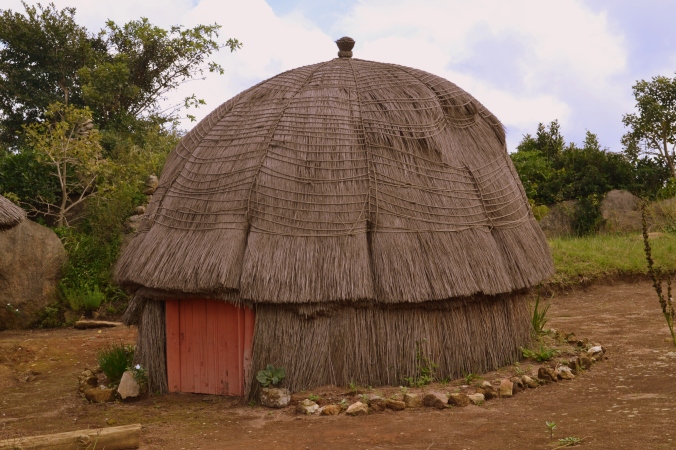
A traditional Swazi beehive hut
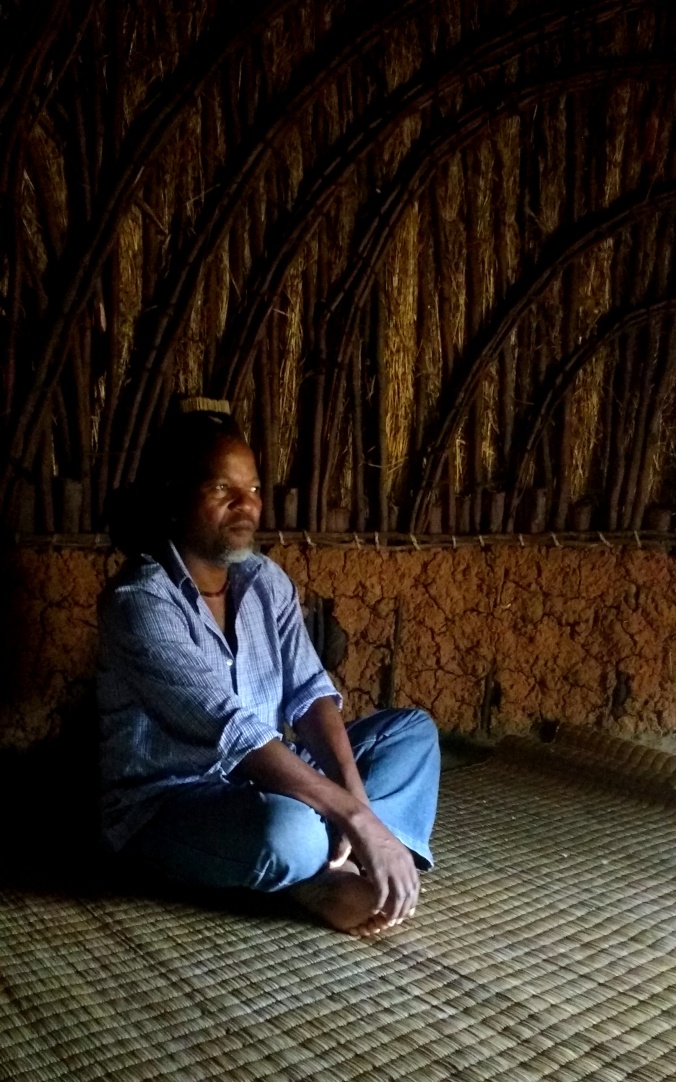
Myxo, my wonderful guide
Swaziland or eSwatini, a tiny country nestling between South Africa and Mozambique, was never on my travel bucket list and when chance led me to the possibility of a trip to this country, I wasn’t entirely sure if there was much to see there. I’ve never been gladder to be proved wrong! Driving through Mozambique as I just crossed the border into Swaziland, my first thought was, ‘This is what Heaven should look like!’
The raw untouched beauty of this country takes your breath away with its lush green mountains and valleys, fascinating wildlife, and rich culture. It was the month of April. While the northern hemisphere was burning under the relentless sun, it was a pleasant autumn in Swaziland with light rains and temperatures rarely crossing 22°C.
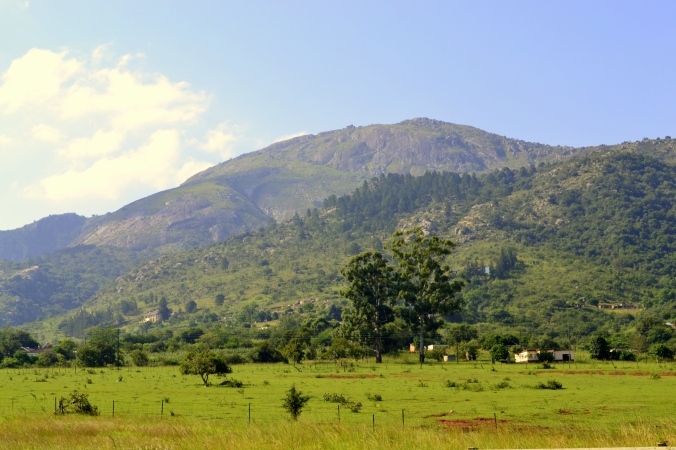
Every year as August wanes into September, a group of young women from Nhalangano make the journey north to the Ludzidzini Royal Village for the annual Umhlanga Reed Ceremony. They are joined by thousands of other women from all the chiefdoms of eSwatini. All these women have one thing in common- they are all unwed and childless and have adopted the vow of chastity until they’re married. The girls have to cut the best umhlanga (reed) they can find and present it to the Queen Mother as part of the ritual. Many families in modern Swaziland are reluctant to send their young daughters to dance bare-breasted before the King, but they may be fined if they do not. The Nhalangano girls, however, were hopeful. What an honour it would be for Nhalangano if the King chose one among them as his future bride! Attending the festival also meant receiving some money and supplies that would help their families back in the village.
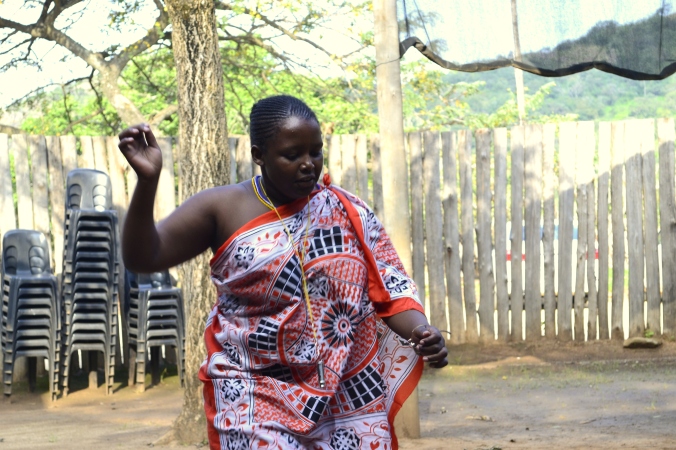
A female fertility folk dance
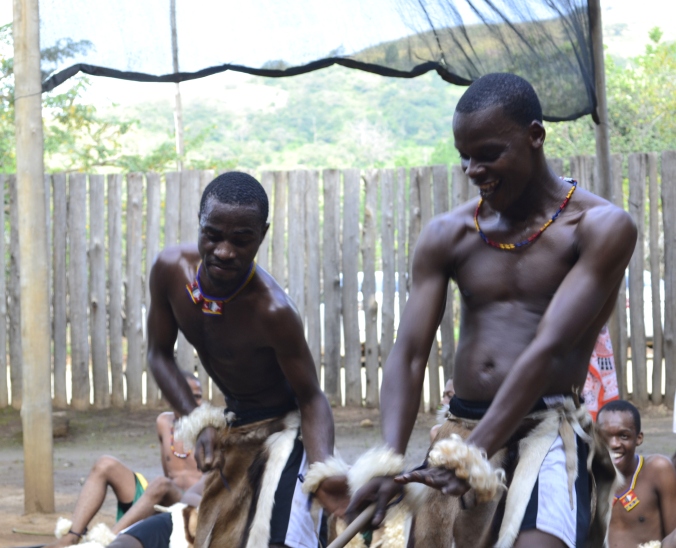
A Swazi folk dance for men
The eight day long festival has been part of Swazi culture for centuries but was revived in a big way in the 1940s. Very few families in eSwatini can claim to have not lost a member to AIDS. With the highest HIV prevalence in the world, about one in three women are living with HIV in this tiny country and the Umhlanga festival is intimately tied to the country’s objective of curbing the AIDS epidemic. While the government health programmes have successfully managed to halve the rate of new HIV infections in the past decade, the Umhlanga festival is an appeal to people’s emotions to abstain from unsafe sex, especially directed at young girls.
The strikingly attractive nineteen year old Bongiwe*, a single mother to a one year old, reminisced about the time she used to participate in the Umhlanga dance before her boyfriend got her pregnant. She had dreams of going to college to train to be a nurse. As she sat weaving colourful baskets in the middle of the bustling Manzini market, I wondered how many hopes and dreams she’d given up on after the birth of her son; the absent father making it imperative that she take charge and ensure her baby is fed and clothed. How many Bongiwes struggled to survive all over the world?
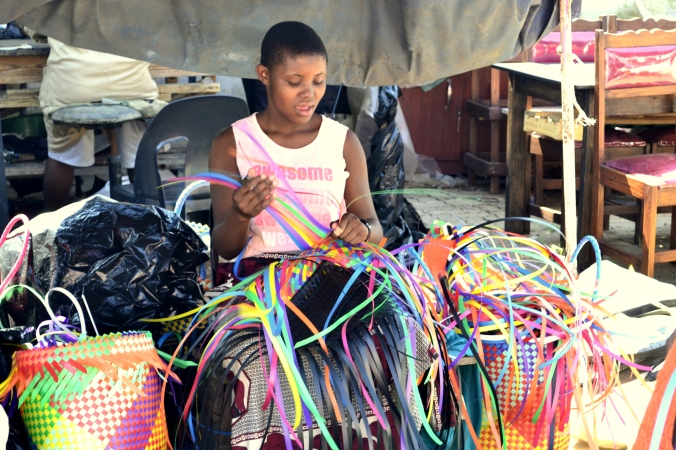
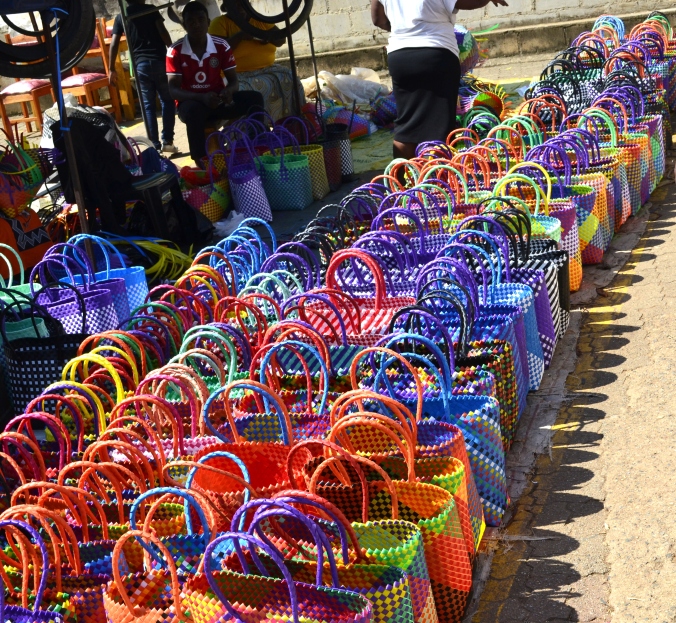
Manzini market
Until a few years ago, the village of Kaphunga, high up on the hills was largely forgotten with very few resources available to them and an increasing number of orphans with nowhere to go. Today, the fate of this tiny village has turned around with several volunteer groups working toward its development. On our bumpy ride along the dirt road snaking up the hill, Myxo explained to me his vision for this village that he’d adopted as his own. Myxo has contributed in a big way to this community by setting up a village homestay here to attract tourists and give them an authentic experience of Swazi village life. The wonderful Matjana Preschool that runs on donations received from across the world is making a world of change by providing quality education to young children in the village. After spending some time with the adorable preschoolers, I walked into a Grade 5 Social Studies lesson at the primary government school nearby. A bunch of curious ten year olds listened and asked questions as I gave them a short lesson on India using the pictures and books I’d brought along with me. In the end, a perky little kid asked me if I could sing the Indian national anthem. I agreed, on condition that they would have to sing the Swazi anthem for me. This proposal was met with a lot of giggles, but in the end we had a deal. After I finished singing, all the kids stood up and proudly sang the anthem of this charmingly beautiful country that had stolen my heart.
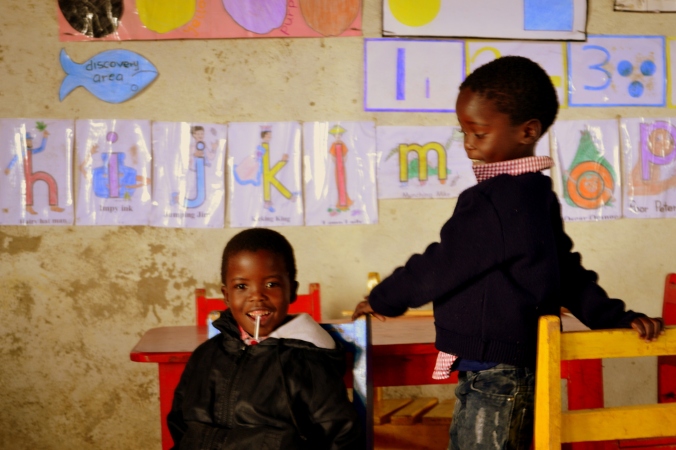
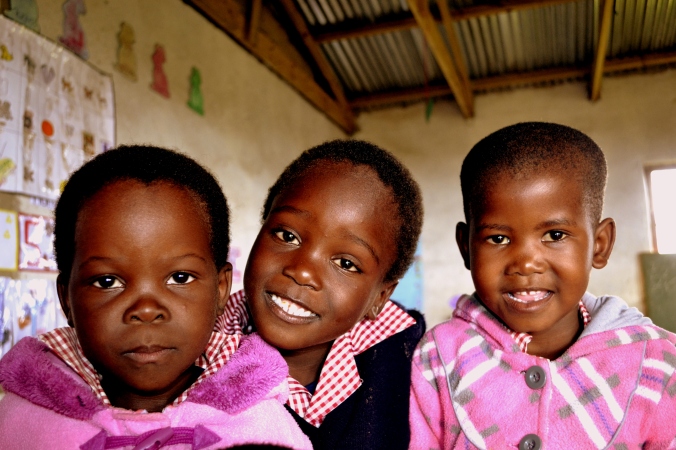
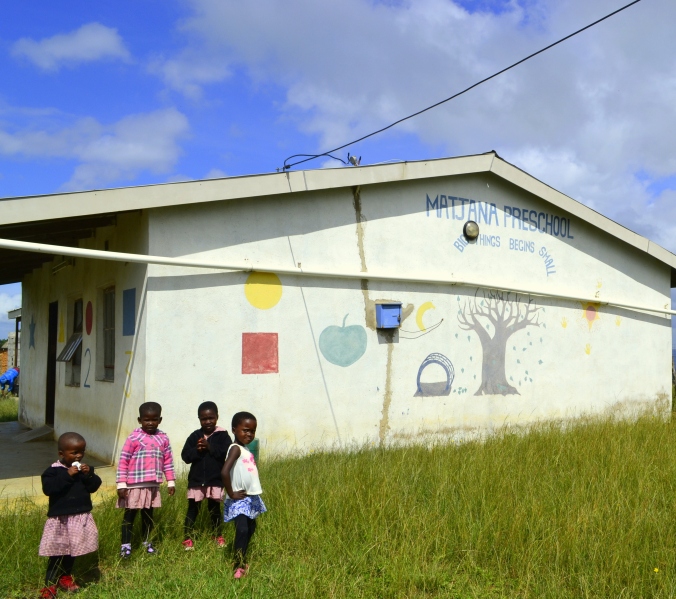
The beautiful Matjana Preschool
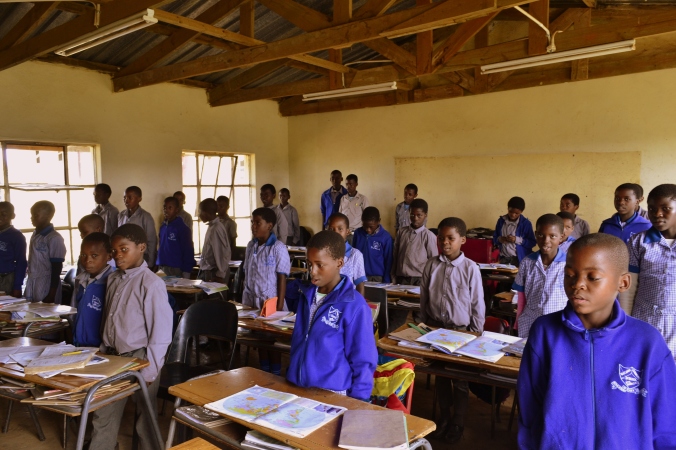
Singing the Swazi national anthem
Upon my return from the visit to the school, I found a freshly prepared, traditional Swazi lunch waiting for me. Bobo, Myxo’s cousin, had cooked it all himself and I couldn’t thank him enough as he placed the steaming hot food on the wooden table kept outdoors. I was ravenous by then and happily wolfed down the hearty meal of maize pap, beans, sautéed vegetables and grilled chicken. Maize pap is the staple cereal in Swazi cuisine and is ubiquitous in every meal.

A freshly prepared Swazi meal

Bobo, my amazing chef who surprised me with his knowledge of cricket (including the Kolkata Knight Riders!!)
Women of hilly regions, perhaps the world over, carry their babies on their backs in a cloth sling. As we started driving downhill on our way back to Manzini, I observed several women, young and old, walking uphill with babies in their slings. To them it’s effortless; it’s their way of life and has been their way of life through the ages. I was reminded of the women of northeast India who carry their babies in similar fashion and I marvelled at the universality of life devoid of race, class or nationality.
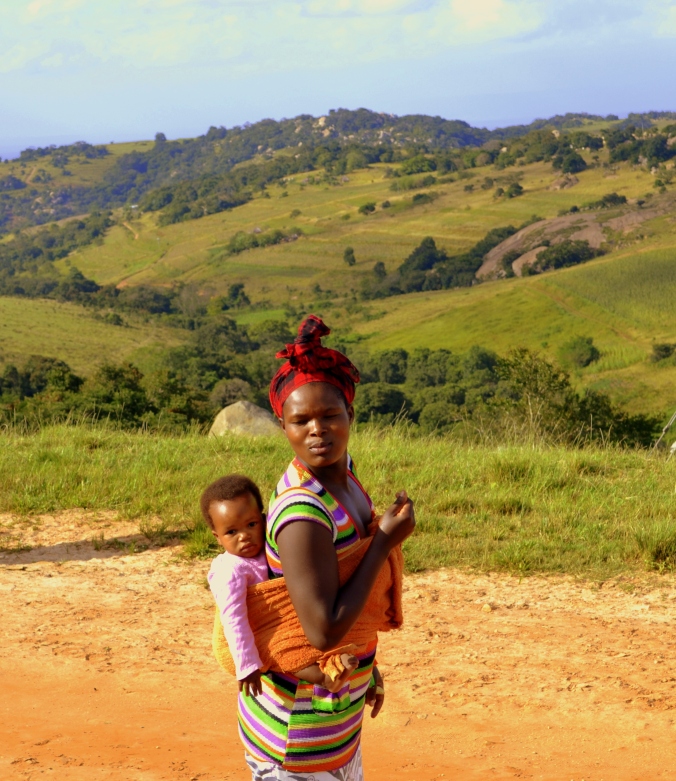
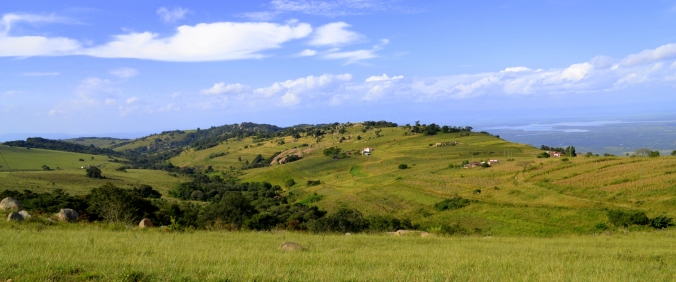
The heavenly landscape of Swaziland
*name changed to protect identity
P.S.: If you would like to explore eSwatini with Myxo’s Woza Nawe Cultural Tours, contact him on his Facebook page here or Whatsapp him on +268 7642 6780. For more information on his tours read about it on this page.

You must be logged in to post a comment.